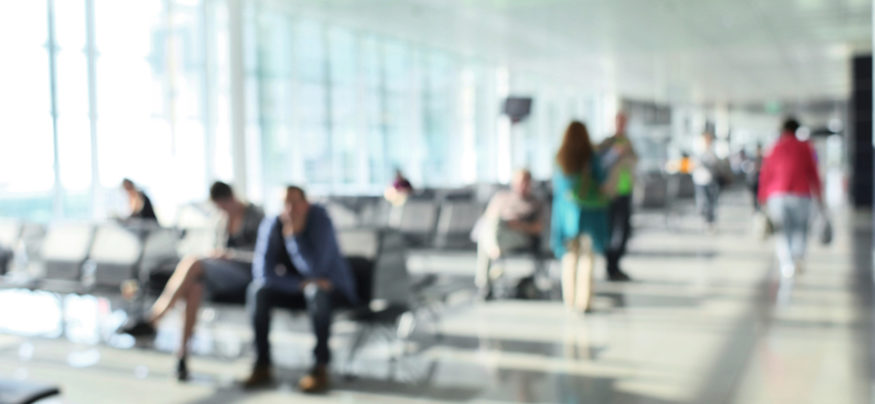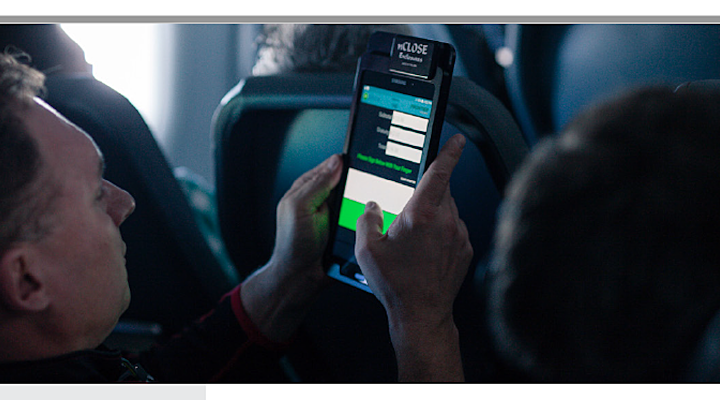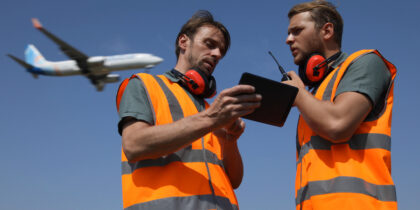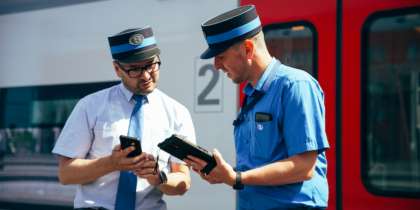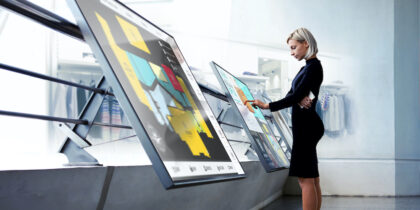An increasing number of airlines are turning to new technology solutions to improve efficiency and personalize the travel experience. By looking beyond fare revenue and basic services such as excess baggage fees, airlines have the opportunity to enhance their revenue through the development of personalized, branded services higher in the value chain.
Moving Toward Merchandising
Airlines that focus on a merchandising-based customer service strategy, competing in the space with hospitality companies, tour agencies and travel agents, can build ancillary revenue stream. Air carriers command a high level of trust, and passengers prefer to consolidate their travel experience with a single vendor.
According to the report “Thinking Like a Retailer” from Amadeus and Frost & Sullivan, 79 percent of passengers preferred to buy additional services directly from the airline rather than a third-party vendor. Airlines can target travelers based on personalized data to enhance the travel experience for an increase in relevance, conversion and revenue. But in order to achieve this level of customer service, airlines must develop merchandise techniques and offerings that maintain consumer trust and loyalty while balancing yield opportunities. For instance, the report identified value-added bundles as one of the top five key airline merchandising techniques, which can increase the average purchase basket by $15-$20.
Tablets are taking flight.
Learn how one airline is using tablets to boost in-flight purchases. Download Now
Driving Personalization With Technology
One example of using technology to develop a personalized customer service strategy comes from Emirates airlines, who signed an agreement in January to adopt Sabre Corporation’s technology that allows consumers to easily purchase a range of customized fares. The two companies will also use the solution to provide the airline’s fares to global travel agents who use Sabre.
According to a press release, this collaboration brings together Emirates, the world’s largest international airline that operates more than 3,600 flights per week to more than 150 destinations, and the Sabre Travel Marketplace, which connects with more than 425,000 travel agents around the globe. With this new technology, Sabre can provide travel agents with the power to serve customers with more personalized products and services. Travelers can select from Emirates’ branded fares that offer the option of choosing from budget fares, the most reward miles or the greatest degree of flexibility.
Giving Passengers the Power
The 2015 Global Passenger Survey from the International Air Travel Association reveals the power of allowing passengers to shape their own travel experience. The top three factors that influenced purchases were ticket prices (43 percent), flight schedules (21 percent) and the traveler rewards program (13 percent).
Travel agents who use the Sabre technology can deliver more informed choices and a higher level of customer service for the travel experience, and are also empowered to pursue upsell opportunities because of greater visibility into specific airline offerings. The IATA survey indicated that 48 percent of airline passengers purchased additional airline products or services in the previous 12 months, with the top 3 purchases listed as checked baggage or excess luggage fees, preferred seating options and in-flight food and beverage selections.
Utilizing technology to enhance the travel experience reflects a growing trend of airlines operating more like the retail industry. This trend will continue as travelers come to expect increasingly personalized service, and airlines that adopt a retail-oriented customer service strategy will better meet the needs and desires of travelers before, during and after their journey.
In-flight entertainment enhancements are another way for airlines to differentiate themselves and improve the passenger experience.
